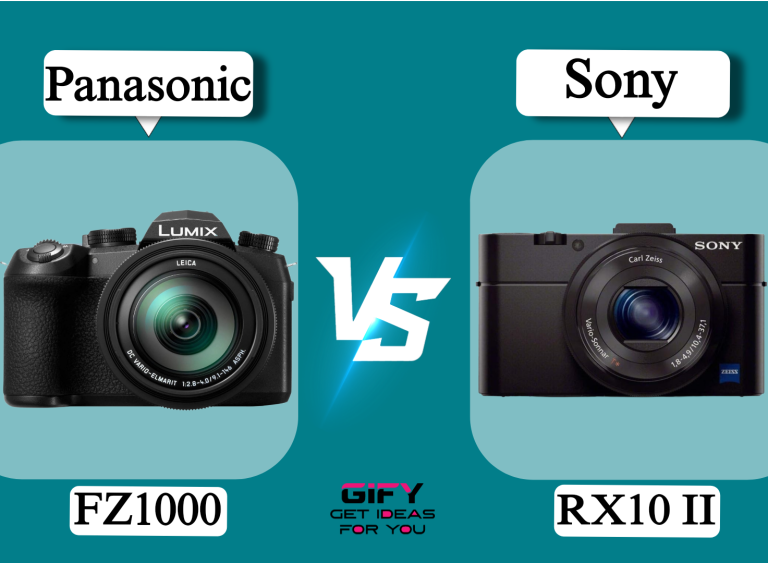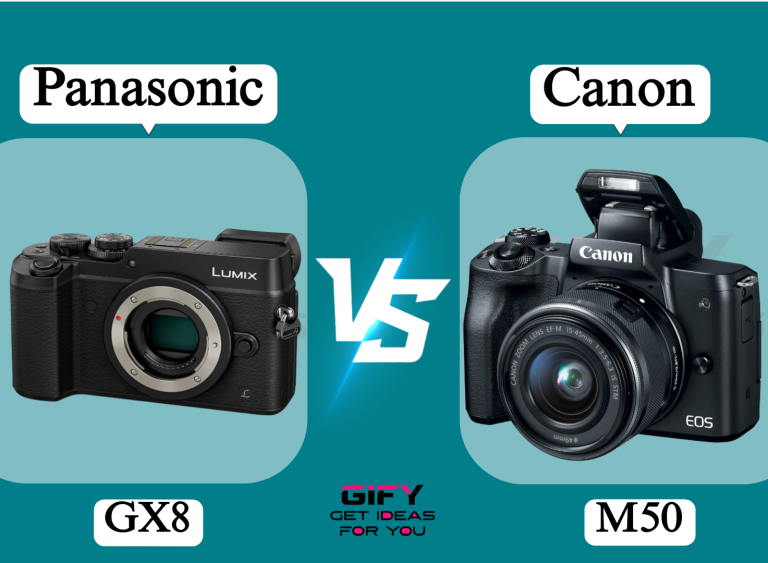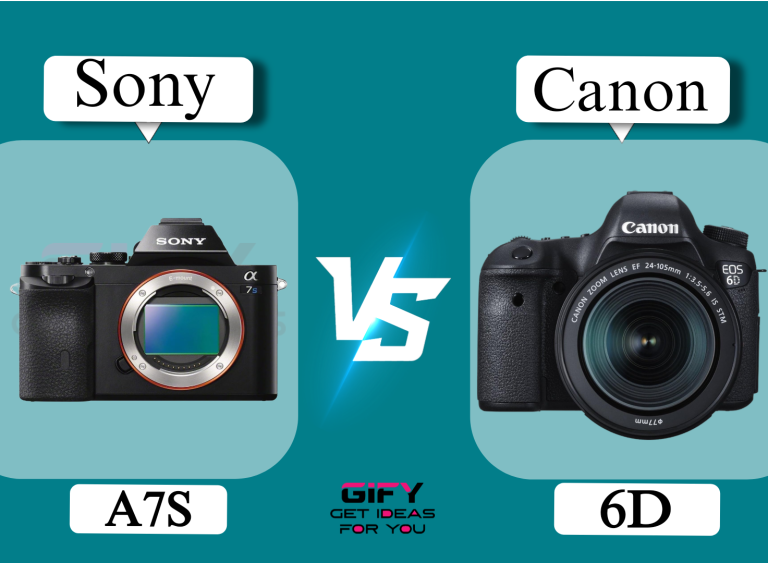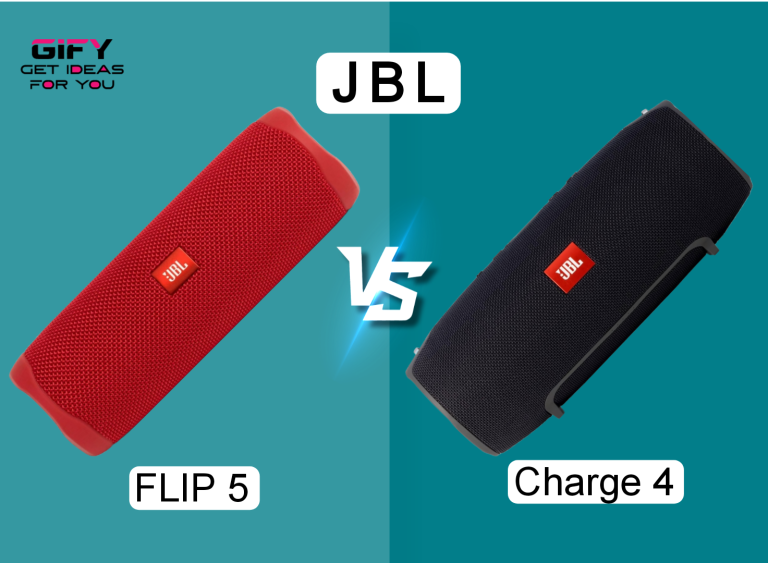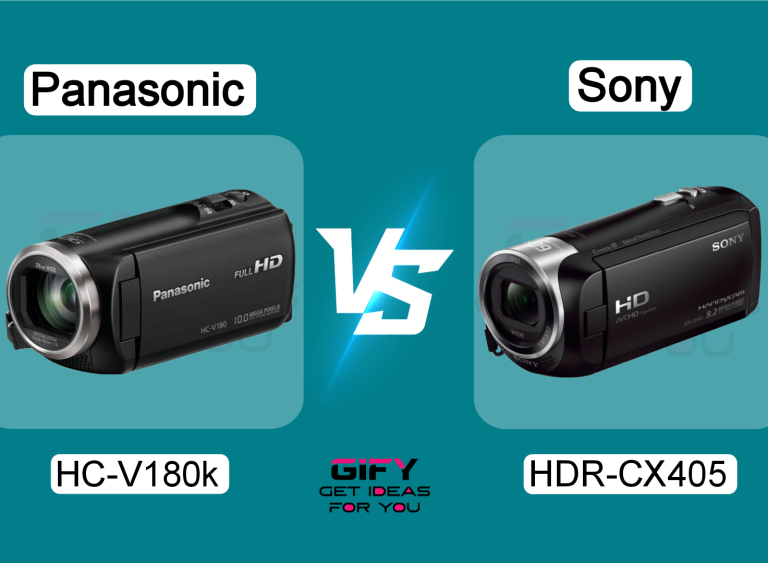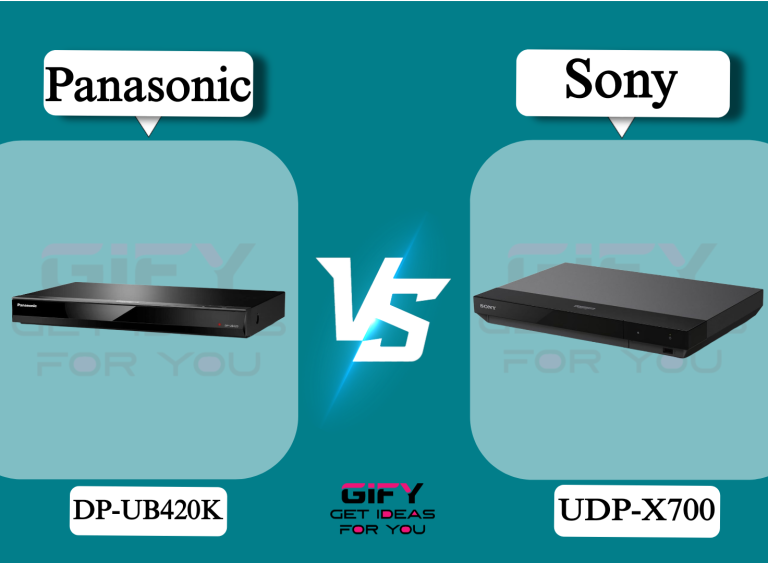Leica D Lux 7 vs Panasonic LX100 II stands as a battle between two premium compact cameras that promise outstanding performance in a portable body. Both models share a similar design philosophy yet
cater to slightly different audiences who want style, quality, and cutting-edge technology in one package. This comparison helps photographers and enthusiasts understand the key strengths that make each camera special.
Leica D Lux 7 vs Panasonic LX100 II offers a fascinating rivalry because both carry the same Four Thirds sensor, fast Leica-branded zoom lens, and nearly identical body dimensions. Despite their close relationship, the subtle differences in handling, software features,
and brand philosophy make a significant impact on the overall experience. Photographers who value classic aesthetics and exclusivity often lean toward Leica, while those who want flexibility and advanced customization find Panasonic’s offering highly appealing.
Leica D Lux 7 vs Panasonic LX100 II also raises questions about value. Leica brings the prestige and premium branding, while Panasonic delivers nearly the same hardware at a lower cost.
This creates a unique dilemma for buyers: should the decision focus on design, price, or brand heritage? Exploring these differences will help uncover which compact powerhouse deserves your attention.
Leica D Lux 7 vs Panasonic LX100 II: Digital Camera.
Leica D Lux 7 vs Panasonic LX100 II is a popular comparison among photography lovers. Both cameras share the same Four Thirds sensor, similar lens design, and compact style, yet they offer unique features that set them apart.
Choosing between these two models is not always easy because they look alike, but their approach to handling, branding, and performance shows real differences. This article breaks down the details of each camera, followed by a complete comparison to help you understand which one fits your needs better.
Leica D Lux 7 : 17MP Digital Camera.
Product Details
The Leica D Lux 7 comes with a 17MP Four Thirds MOS Sensor and a DC Vario-Summilux 3.1x zoom lens. The lens covers 24-75mm in 35mm equivalent, making it useful for wide landscapes and portraits.
The camera features a 2.76m-dot electronic viewfinder that helps you frame shots clearly. Buyers often receive a full bundle, which includes the Leica D-Lux 7 Digital Camera, BP-DC15 Li-ion battery, ACA-DC16-U charger, CF D flash unit,
USB cable, shoulder strap, lens cap, hot shoe cover, cleaning kit, 32GB memory card, memory card wallet, USB card reader, and even a flexible tripod. This package gives photographers a complete kit to start shooting right away.
Features
The Leica D Lux 7 offers a sharp electronic viewfinder with rich detail, a bright zoom lens with solid low-light performance, and a well-built body with a premium feel. The lens provides flexibility for wide-angle shots and zoomed portraits.
The package bundle gives users all tools needed to protect and clean the camera. The 17MP sensor helps capture detailed images with natural colors. It also supports 4K video recording, which allows shooting high-quality video clips with great clarity.
What is the good?
The Leica D Lux 7 delivers excellent image quality thanks to its sensor and lens combination. The build quality feels premium, with a classic Leica design. The included accessories in the bundle make it a complete kit,
which saves money and effort. The electronic viewfinder adds accuracy while framing shots, especially outdoors. The color rendering stands out and provides a unique look that many photographers love.
What is the bad?
The Leica D Lux 7 comes with a high price tag compared to its Panasonic cousin. While the hardware is almost the same, the Leica branding pushes the cost higher. The menus and settings are less flexible
compared to Panasonic, and some advanced photographers may find this limiting. The design, while stylish, may feel too simple for those who prefer more buttons and control dials.
Overall Opinion
The Leica D Lux 7 is perfect for photographers who want style, simplicity, and quality in one package. It appeals to people who value the Leica brand and design as much as the technical performance.
The included bundle makes it even more attractive for beginners and enthusiasts who want everything in one box. Still, the price may be a barrier for buyers who only care about performance.
Panasonic LX100 II : 21.7 MP Multi Aspect Sensor.
Product Details
The Panasonic LX100 II also carries a large Four Thirds 17MP MOS sensor. It supports multiple aspect ratios such as 4:3, 3:2, 16:9, and 1:1, using a total of 21.77 megapixels.
The camera comes with a Leica DC Vario-Summilux lens, covering 24-75mm with an aperture of f/1.7-2.8. It includes optical image stabilization to reduce blur. Panasonic also includes 4K video recording with its exclusive 4K Photo feature, allowing users to grab frames from 30fps video.
Macro shooting works well, allowing photos as close as 3cm at wide-angle. The camera body includes a 2.76m-dot electronic viewfinder and a 3-inch touch screen display with 1240k-dot resolution. This design combines compact size with advanced controls.
Features
The LX100 II focuses on versatility. The multi-aspect sensor gives creative options for photographers who like different formats. The fast lens provides excellent low-light performance and shallow depth of field.
The 4K video and 4K Photo mode make it strong for both photography and videography. The macro ability is impressive for close-up shots. The EVF and touchscreen display create a modern shooting experience with smooth control.
What is the good?
The Panasonic LX100 II gives high-quality photos with flexibility. The ability to switch aspect ratios without losing quality is very useful. The bright lens ensures sharp results in many conditions.
4K Photo mode adds value by helping capture fast moments. Macro shooting opens creative possibilities. The touchscreen improves ease of use. Its price is lower compared to the Leica version, making it more practical for many users.
What is the bad?
The Panasonic LX100 II, while full of features, has a menu system that may feel complex for beginners. The body design is functional but less stylish compared to the Leica model.
The bundled items are minimal, so buyers may need to purchase accessories separately. The camera also does not carry the same premium status as Leica, which may matter to some users.
Overall Opinion
The Panasonic LX100 II is ideal for photographers who want performance and flexibility without paying extra for branding. It delivers excellent photos, strong video features,
and practical shooting tools at a more reasonable cost. The design focuses on function over luxury, making it suitable for both new and advanced users.
Details Comparison: Leica D Lux 7 vs Panasonic LX100 II
Leica D Lux 7 vs Panasonic LX100 II is a close comparison since both share the same sensor and lens design. The real difference lies in branding, design style, and package options.
The Leica D Lux 7 feels premium, with a clean design and full accessory bundle. It attracts users who value the Leica heritage. The Panasonic LX100 II focuses more on flexibility with multi-aspect ratios, advanced video features, and macro shooting.
It also costs less, making it more practical for most users. Image quality is nearly identical, as both use the same core technology. The final choice depends on personal preference: style and brand prestige with Leica, or versatility and value with Panasonic.
📌 Related Article.
FAQs : Leica D-Lux 7 vs Lumix LX100 II
Is the Leica D Lux 7 better than Panasonic LX100 II?
Both cameras give almost the same image quality. Leica offers style and brand prestige, while Panasonic provides more features at a lower price.
Does the Panasonic LX100 II have better video features?
Yes, the LX100 II includes 4K Photo and strong macro shooting, which make it very flexible for video and creative photography.
Why is Leica D Lux 7 more expensive?
The Leica version carries the premium Leica brand name and design. The added bundle also raises the overall price.
Conclusion
Leica D Lux 7 vs Panasonic LX100 II shows how two cameras with the same sensor and lens can offer very different experiences. Leica appeals to those who value brand heritage and a full bundle, while Panasonic gives more flexibility at a lower cost.
For pure performance, both are nearly equal. The decision rests on personal preference and budget. If brand value matters, Leica is the pick. If practicality and advanced features matter, Panasonic is the smarter choice.




